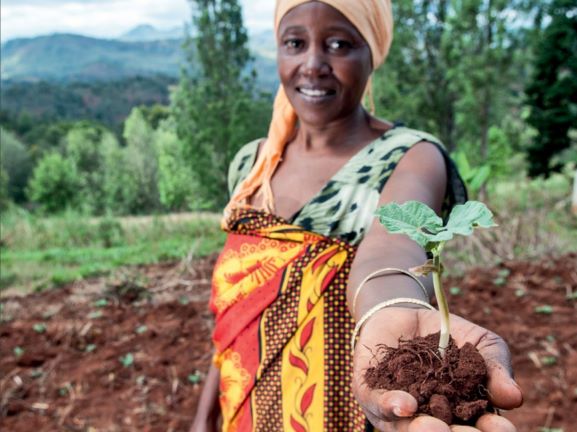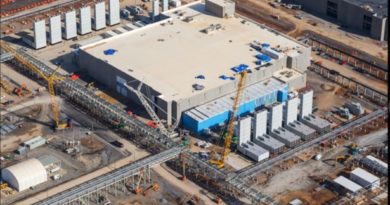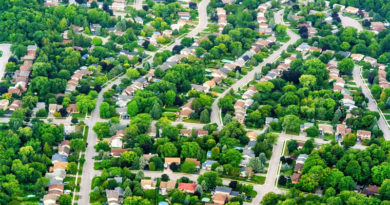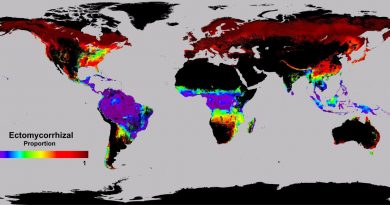Manage Soil Organic Carbon to Pursue Land Degradation Neutrality: Report

The UN Convention to combat desertification, which is holding its COP 14 meet in New Delhi, released a report on soil health titled Realising the Carbon Benefits of Sustainable Land Management Practices: Guidelines for Estimation of Soil Organic Carbon in the Context of Land Degradation Neutrality Planning and Monitoring. The report emphasized on the need to retain soil organic carbon levels to curb and reverse land and soil degradation.
The report talks in length about the relationships between soil organic carbon-sustainable land management and land degradation neutrality. It aims to “help countries identify suitable locally-relevant sustainable land management practices and approached to maintain or enhance soil organic carbon stocks, as well as guidance on the estimation and monitoring of soil organic carbon for land use planning and monitoring LDN achievement”.
According to the report, degradation of land and marine ecosystems undermines the well-being of 3.2 billion people and costs about 10 percent of the annual global gross product in loss of species and ecosystem services.
Land Degradation Neutrality or LDN relies on the action at three entry-points in the response hierarchy: avoid – reduce – reverse.
The report identifies Soil Organic Carbon (SOC), the largest carbon pool in the terrestrial biosphere, as an important component of the global carbon cycle. SOC is the major constituent of soil organic matter (SOM). SOM comprises the remains of plants and animals in the soil at various stages of decomposition, along with the microbial biomass and several by-products of complex biotic metabolic processes. In addition to soil organic carbon (SOC), soil inorganic carbon (SIC) is a dominant form of carbon in soils of arid and semi-arid regions and comprises of carbonates and bicarbonates of Ca+2, Mg+2, K+, and Na+.
In general, 1 Pg. of SOC stock is equivalent to about 0.47 ppm of CO2 in the atmosphere, and vice versa.
There are three land-based global indicators as proxies for the capacity of the land to deliver ecosystem services: trends in land cover change (LCC), land productivity dynamics (LPD) measured as net primary productivity (NPP), and carbon stocks measured as soil organic carbon (SOC). These metrics are linked to different aspects of land degradation processes.

The rate of SOC increase depends on the soil, climate, vegetation, and interaction among them, as altered through anthropogenic interventions. Improvements in SOC through Sustainable Land Management (SLM) have strong beneficial impacts on soil properties and processes.
The report gave a flowchart which contained the framework to manage SOC for LDN.

To read the report in detail click here




